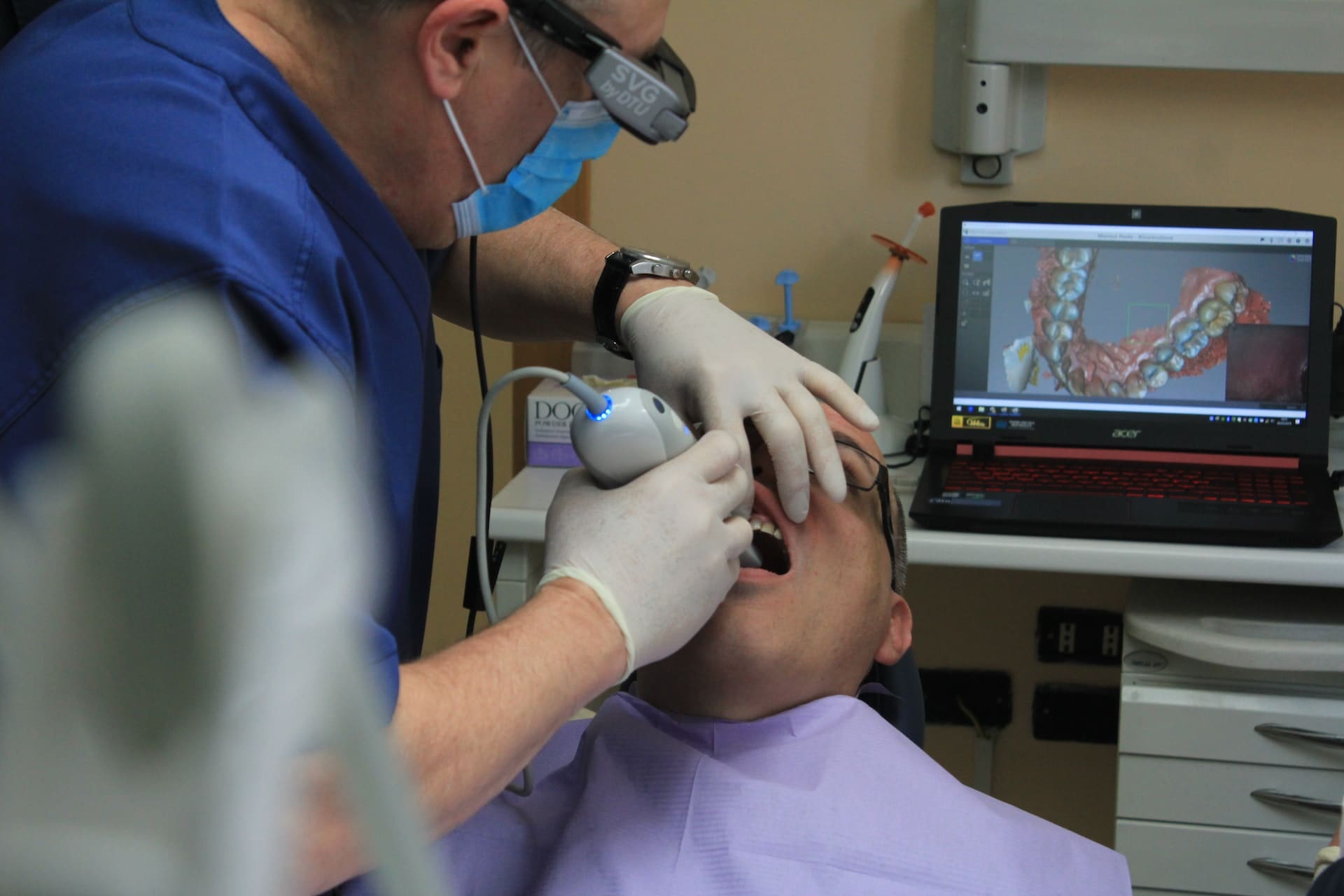Embrace a Healthier Smile with Dental Sealants: Preventing Cavities and Tooth Decay
Why Dental Sealants are Beneficial
Dental sealants provide numerous benefits that contribute to a healthier smile and improved oral health. Some key advantages of this preventive dental treatment include:- Cavity Prevention: Dental sealants act as a barrier by sealing off grooves and crevices in the teeth, preventing food particles and bacteria from accumulating and causing cavities.
- Long-lasting Protection: With proper care and maintenance, dental sealants can last several years, providing extended protection against tooth decay.
- Cost-effective: Sealants are a cost-effective preventive measure, as they help avoid the need for more expensive restorative procedures such as fillings, crowns, or root canals.
- Painless Procedure: Dental sealant application is a simple, non-invasive, and pain-free process, making it an easy and comfortable preventive measure for maintaining oral health.
Who Can Benefit from Dental Sealants
While dental sealants are often associated with children and adolescents, they can be beneficial for patients of various ages and dental conditions:- Children and Adolescents: Dental sealants are commonly recommended for children and adolescents, as their teeth are more prone to cavities due to their developing oral hygiene habits. Sealants can be applied as soon as the first molars appear, usually around 6, and again when the second molars erupt during the early teenage years.
- Adults: Though less common, some adults may benefit from dental sealants, especially if deep grooves or fissures on their molars are at risk of developing cavities.
- Patients with Special Needs: Individuals with special needs or conditions that make maintaining proper oral hygiene challenging can also benefit from the added protection provided by dental sealants.
The Dental Sealant Process
The process of applying dental sealants is straightforward and can typically be completed during a single appointment:- Preparation: The dentist will first clean and dry the tooth surfaces to be treated. An etching solution is then applied to create micro-abrasions on the surface, allowing the sealant material to bond more effectively.
- Sealant Application: The dental sealant material, a liquid resin, is carefully applied to the grooves and fissures of the tooth, ensuring full coverage.
- Curing: The sealant is cured (hardened) using a specialized dental light, solidifying the material and securely bonding it to the tooth surface.
- Final Inspection: Once the dental sealant is cured, your dentist will perform a final inspection to ensure proper application and provide necessary aftercare instructions.
Maintaining Your Dental Sealants
To keep your dental sealants effective and long-lasting, follow your dentist’s recommendations and maintain a consistent oral hygiene routine:- Brush and Floss Regularly: Brush your teeth at least twice a day using fluoride toothpaste and floss daily to remove plaque and food particles from between the teeth and around the gum line.
- Regular Dental Checkups: Visit your dentist for routine checkups and professional teeth cleanings to maintain the effectiveness of your dental sealants and monitor your overall oral health.
- Avoid Excessive Pressure: While dental sealants provide added protection against cavities, applying excessive pressure or using your teeth for opening packages or biting hard objects can potentially damage the sealant material.
- Report any Issues: If you notice any changes in your dental sealants or if they become loose or worn, contact your dentist as soon as possible for appropriate care and possible reapplication.


